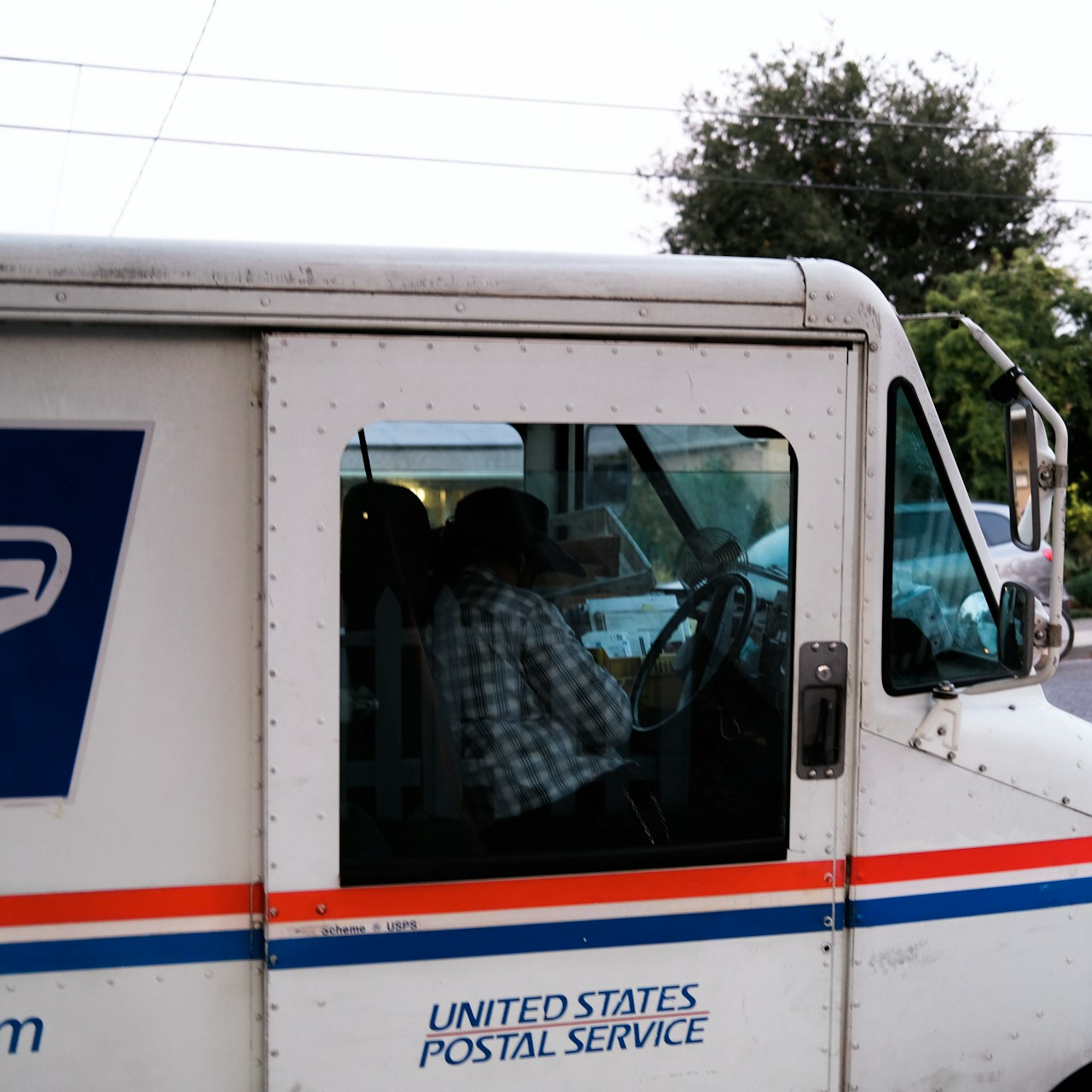Key Takeaways
-
Medigap can help cover out-of-pocket costs for Medicare-eligible PSHB enrollees, but it’s crucial to evaluate how it fits into your overall healthcare expenses.
-
Before committing to a Medigap policy, consider Medicare integration, plan benefits, long-term affordability, and how it complements your PSHB coverage.
Understanding Medigap and How It Works with PSHB
If you’re enrolled in the Postal Service Health Benefits (PSHB) program and eligible for Medicare, you might be wondering whether a Medigap policy is worth the extra cost. Medigap, also known as Medicare Supplement Insurance, is designed to help with out-of-pocket expenses like deductibles, copayments, and coinsurance. However, before making a decision, there are several critical factors to keep in mind.
1. How Medicare and PSHB Work Together
First, you need to understand how Medicare integrates with your PSHB plan. If you’re a Medicare-eligible retiree enrolled in PSHB, your plan coordinates benefits with Medicare. This means that Medicare typically pays first for covered services, and your PSHB plan may cover some or all of the remaining costs.
Since PSHB already offers comprehensive coverage, adding a Medigap plan may not be necessary. However, Medigap can be beneficial if you frequently require medical care and want to limit your out-of-pocket expenses. It’s essential to compare what your PSHB plan covers versus what Medigap provides to determine if it’s a good fit.
2. What Medigap Covers (and What It Doesn’t)
Medigap policies are standardized and must follow federal and state regulations. These plans typically help cover expenses such as:
-
Medicare Part A hospital coinsurance and additional hospital days
-
Medicare Part B coinsurance or copayments
-
Blood transfusions (first three pints)
-
Hospice care coinsurance or copayments
-
Skilled nursing facility coinsurance
-
Medicare Part A and Part B deductibles (depending on the plan)
However, Medigap does not cover:
-
Prescription drugs (you’ll need a separate Medicare Part D plan)
-
Vision, dental, or hearing benefits
-
Long-term care
-
Private-duty nursing
Since PSHB already provides certain benefits, you should carefully assess whether Medigap would add significant value or if your PSHB plan alone is sufficient.
3. Evaluating the Long-Term Costs and Savings
While Medigap reduces out-of-pocket expenses, it also comes with additional monthly premiums. You should weigh these costs against the potential savings you might get by avoiding high deductibles and copayments. Consider factors such as:
-
Your typical healthcare needs: Do you visit the doctor frequently, require specialist care, or anticipate high medical costs?
-
Your financial situation: Can you comfortably afford Medigap premiums without straining your budget?
-
The future of your healthcare costs: As you age, your medical expenses might increase. A Medigap policy could provide long-term stability by covering costs that would otherwise accumulate over time.
If you’re in good health and don’t anticipate frequent medical expenses, your PSHB plan may already provide adequate coverage, making Medigap an unnecessary expense.
4. The Enrollment Process and When to Sign Up
Medigap enrollment is time-sensitive. The best time to enroll is during your six-month Medigap Open Enrollment Period (OEP), which begins when you are 65 or older and enrolled in Medicare Part B. During this window, you have guaranteed issue rights, meaning insurers can’t deny you coverage or charge higher premiums based on preexisting conditions.
If you miss this period, you may still be able to purchase a Medigap policy later, but insurers can use medical underwriting to determine your eligibility and premium costs. This could result in higher rates or even denial of coverage.
Additionally, if you already have a PSHB plan, you’ll need to confirm whether adding Medigap would be beneficial or if it would duplicate benefits you’re already receiving.
What to Consider Before Making a Decision
Before paying for a Medigap policy, ask yourself these key questions:
-
Does my PSHB plan provide enough coverage to handle my expected medical expenses?
-
Will Medigap significantly reduce my out-of-pocket healthcare costs?
-
Can I afford the extra premiums in addition to my PSHB and Medicare costs?
-
Am I within my Medigap Open Enrollment Period for guaranteed issue rights?
Choosing the Right Path for Your Healthcare Needs
Deciding whether to purchase Medigap alongside your PSHB and Medicare coverage requires a careful evaluation of your healthcare needs, financial situation, and potential long-term expenses. For many PSHB enrollees, Medicare and PSHB together provide robust coverage, making Medigap unnecessary. However, if you anticipate high medical costs and want to minimize out-of-pocket expenses, a Medigap plan might be a valuable addition.
To explore your options further, consider speaking with a licensed agent listed on this website. They can help you compare plans and determine whether Medigap is the right choice for your situation.










